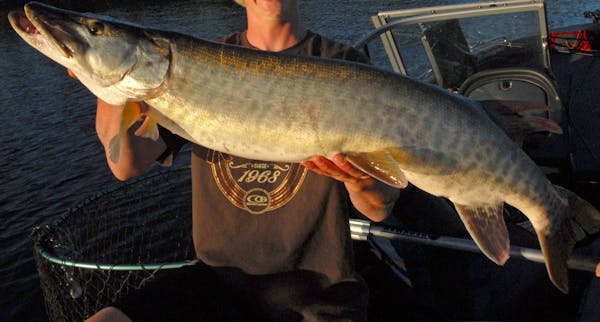At sunset Sunday, South Dakota's 96th pheasant-hunting season concludes, leaving in its frosty wake more questions than answers about the future of the colorful, iconic game bird that's pursued in that state by upland hunters from across the globe.
Anecdotal reports about how hunters fared this season run the gamut, and state wildlife officials are hedging their bets.
"I get both sides of the story — I hear it all," said Travis Runia, senior upland biologist for South Dakota Game, Fish and Parks (GF&P). "I suspect folks did better than last year because pheasant numbers were up 42 percent from 2014. I won't know until we get the data from our harvest surveys."
But the "elephant in the room" is South Dakota's future as the nation's premiere pheasant-hunting state, where roughly 20,000 Minnesotans and thousands of other nonresidents hunt annually and generate an estimated economic impact of up to $200 million.
Staggering habitat losses have put at risk the state's reputation as a ringneck Mecca. South Dakota lost 1.8 million grassland acres between 2006 and 2012, a sizable portion of which came from the federal Conservation Reserve Program (CRP), which pays producers to idle marginal cropland. As a result, pheasant numbers tumbled 30 percent from the 10-year average. Hunter participation and hunter harvest also have nose-dived.
The mounting habitat losses spurred Pheasants Forever (PF) to open its first regional office in Brookings, S.D. Also in response to the bird falloff, South Dakota Governor Dennis Daugaard hosted the state's first Pheasant Habitat Summit in December 2013 and appointed a habitat working group. It issued eight recommendations to improve habitat, the centerpiece of which is a dedicated conservation fund.
"The agricultural economy looks a lot different out here right now from a few years ago when corn was $7 a bushel, which created a gold rush mentality in the ag community," said John Cooper, the retired GF&P secretary who now serves as chairman of the GF&P Commission, an eight-member governor-appointed policy-setting body. "Did we lose a lot of grass because of high commodity prices? Yes we did. It was unprecedented. But corn prices are lower now, in that $3-a-bushel range, and more producers are talking conservation and sustainability and getting off this roller coaster.
"I'm more optimistic today than I was," Cooper added. "We have a real opportunity to get habitat on the ground because the ag economy has changed. For South Dakotans, it's about quality of life. Pheasant hunting is our state identity every bit as much as Mount Rushmore."
Cooper, who also sits on the governor's Habitat Conservation Fund board, said 13 grant proposals for habitat work were recently approved. The total cost: about $650,000, of which $350,000 came from the state legislature (the governor, Cooper said, requested $1 million). The remainder came from matching PF funds and other nonprofit conservation groups, as well as a donation from a private citizen.
"In the larger scheme of things, this is a paltry sum, given the costs for private lands conservation in South Dakota," Cooper said. "But right now we have to show the legislature and others that we can administer an efficient program. We have to show we can plumb the sink before we build the pool."
Dave Nomsen, PF's longtime vice president of government affairs and director of the South Dakota regional office, agrees. "Right now, this is more about process than funding levels," he said.
In a perfect world, Cooper said, the state conservation fund would have a more reliable revenue stream.
"Something like a bed and booze tax or a gas tax would be ideal, but that's not going to happen in conservative South Dakota anytime soon," he said, adding the governor has pledged $1 million for the fund next year. "The bottom line is we have to think outside the box and make the case to corporate outdoors interests like Cabela's and others why they should be supporting conservation in South Dakota, because they have as much to lose as anyone."
Nomsen said PF's 10 South Dakota Farm Bill biologists are helping producers get enrolled in existing state and federal conservation programs, in large part because the farm economy has changed. A new general CRP sign up runs through Feb. 26.
"Our phones are ringing off the hook," Nomsen said.
"There's no place worldwide where the pheasant is a more iconic critter than in South Dakota," he added. "If we can't make a difference here, we should close up shop."
Meanwhile, Runia of the GF&P said more CRP acres are slated to be lost beginning in 2016.
"Pheasants are resilient; they can bounce back after a tough winter or a bad spring during nesting," he said. "But habitat is the key. If things don't change, our highs will be lower and our lows will be lower."
Tori J McCormick is a freelance writer. Reach him at torimccormick33@gmail.com.
